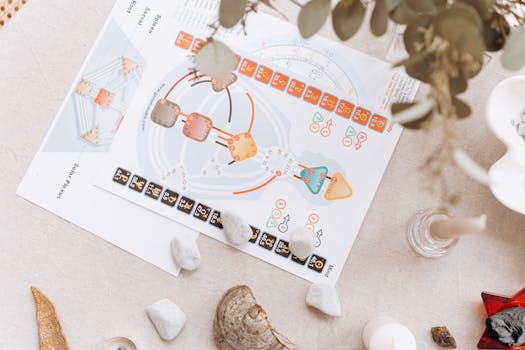
Mindfulness Practices for Stress Relief
Mindfulness, a concept that has been around for thousands of years, has recently gained popularity as a powerful tool for stress relief. The practice involves being present in the moment, paying attention to your thoughts, feelings, and sensations without judgment. In this article, we will explore the benefits of mindfulness practices for stress relief and provide you with various techniques to get started.
What is Mindfulness?
Mindfulness is the practice of being fully engaged in the current moment, while letting go of distractions and attachments to the past or future. It involves paying attention to your thoughts, feelings, and physical sensations without trying to change or judge them. Mindfulness is often practiced through meditation, deep breathing, or other techniques that help you focus on the present moment.
Benefits of Mindfulness for Stress Relief
Research has shown that mindfulness practices can have a significant impact on reducing stress and anxiety. Some of the benefits of mindfulness for stress relief include:
- Reduced symptoms of anxiety and depression
- Improved sleep quality
- Increased feelings of relaxation and calmness
- Enhanced cognitive function and focus
- Improved emotional regulation and resilience
Mindfulness Techniques for Stress Relief
Here are some mindfulness techniques you can try to reduce stress and promote relaxation:
- Meditation: Sit comfortably, close your eyes, and focus on your breath. When your mind wanders, gently bring it back to your breath without judgment.
- Deep Breathing: Take slow, deep breaths, focusing on the sensation of the breath in your body. Try to breathe deeply into your belly, rather than shallowly into your chest.
- Body Scan: Lie down or sit comfortably, and bring your attention to different parts of your body, starting from your toes and moving up to the top of your head. Notice any sensations, feelings, or thoughts without judgment.
- Mindful Movement: Engage in physical activities like yoga, tai chi, or walking while paying attention to your breath, movement, and surroundings.
- Guided Imagery: Listen to guided recordings that lead you through a peaceful and relaxing scenario, such as a beach or a forest.
Getting Started with Mindfulness
Starting a mindfulness practice can be simple and effortless. Here are some tips to get you started:
- Start small: Begin with short sessions, such as 5-10 minutes, and gradually increase as you become more comfortable with the practice.
- Find a quiet space: Identify a quiet and comfortable space where you can practice mindfulness without distractions.
- Use guided resources: Utilize guided recordings, apps, or classes to help you get started with mindfulness practices.
- Make it a habit: Incorporate mindfulness into your daily routine, such as right after waking up or before bed.
Conclusion
Mindfulness practices can be a powerful tool for reducing stress and promoting overall well-being. By incorporating mindfulness into your daily routine, you can experience the numerous benefits it has to offer. Remember, the key to mindfulness is to be patient, gentle, and kind to yourself as you cultivate this practice. Start your journey to a more peaceful and stress-free life today.






